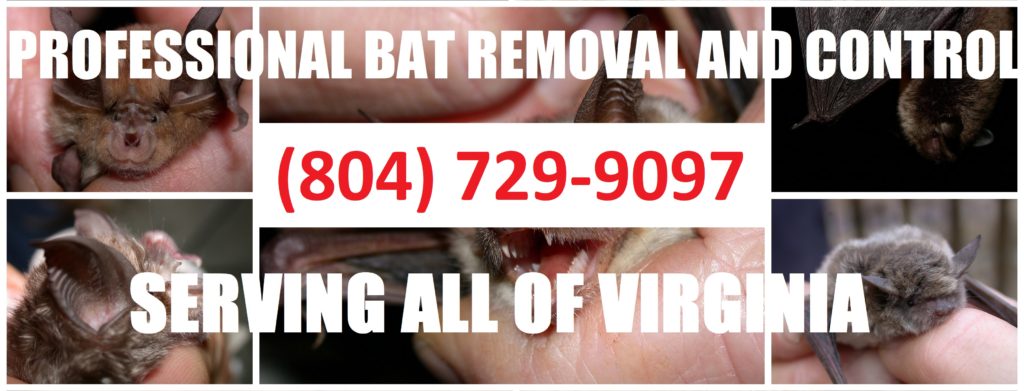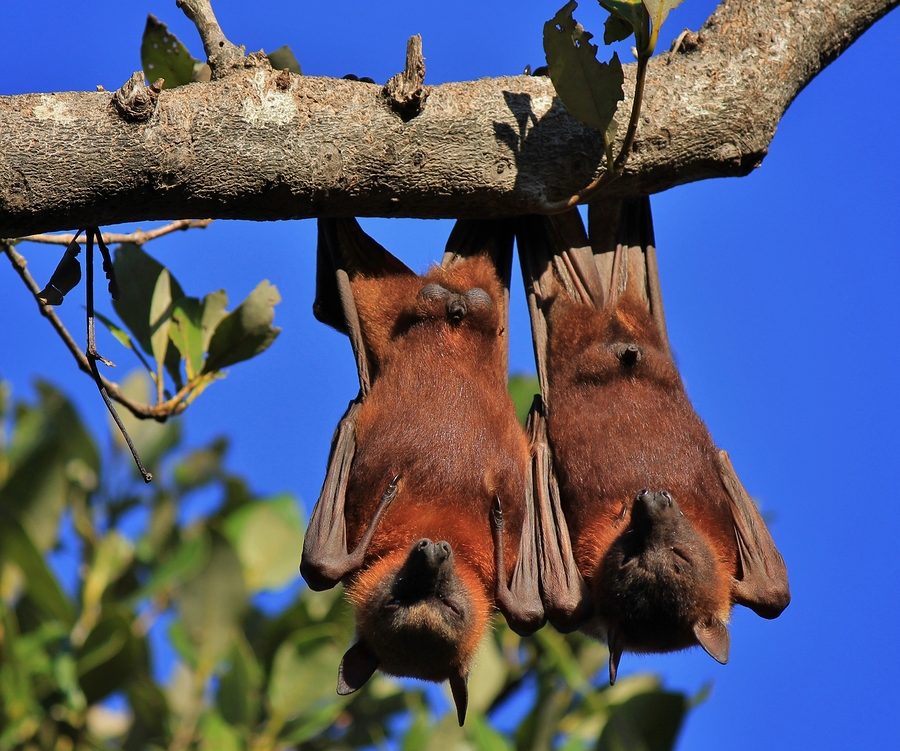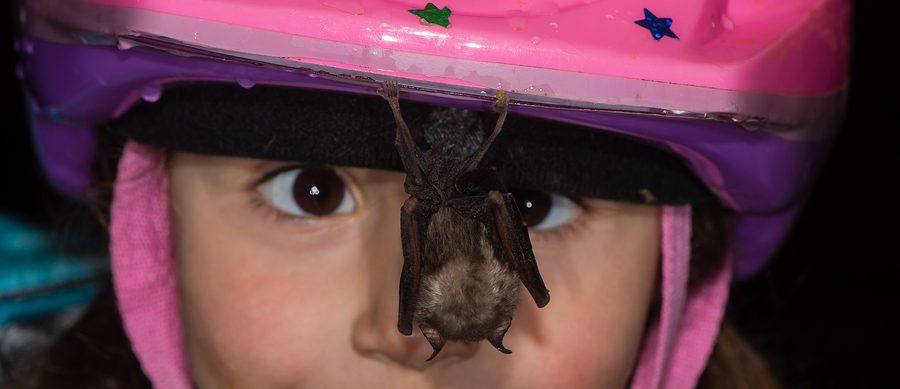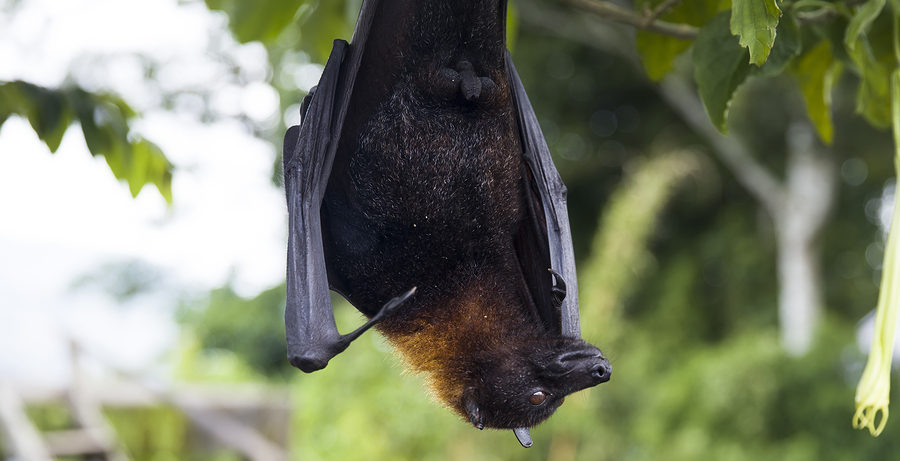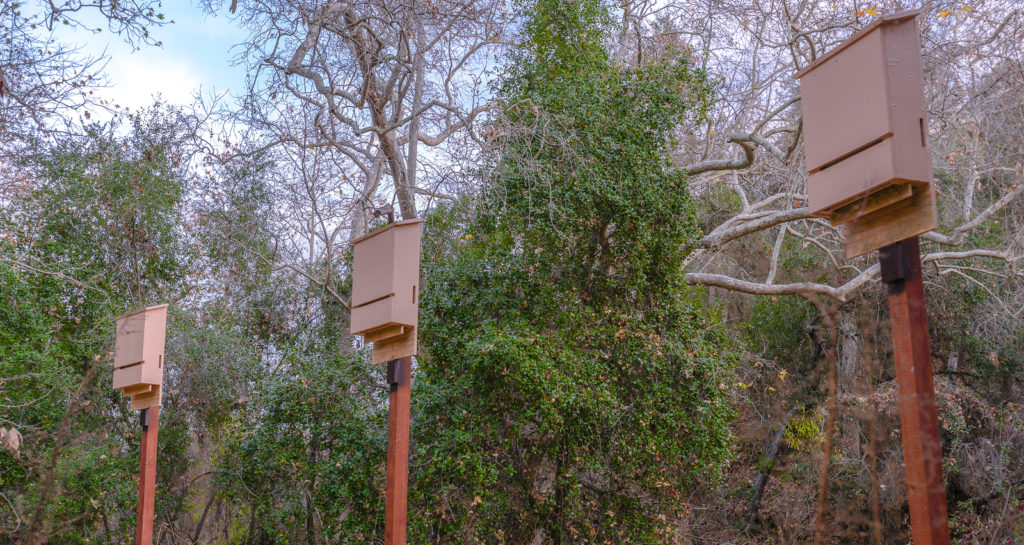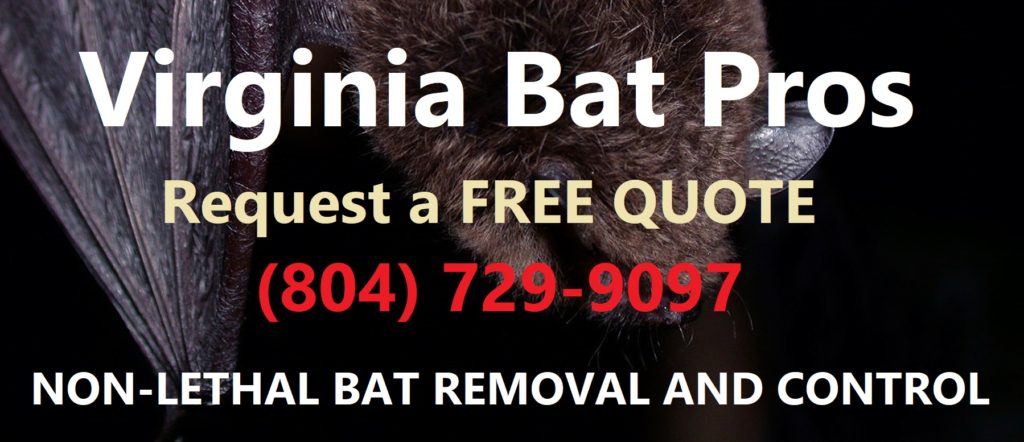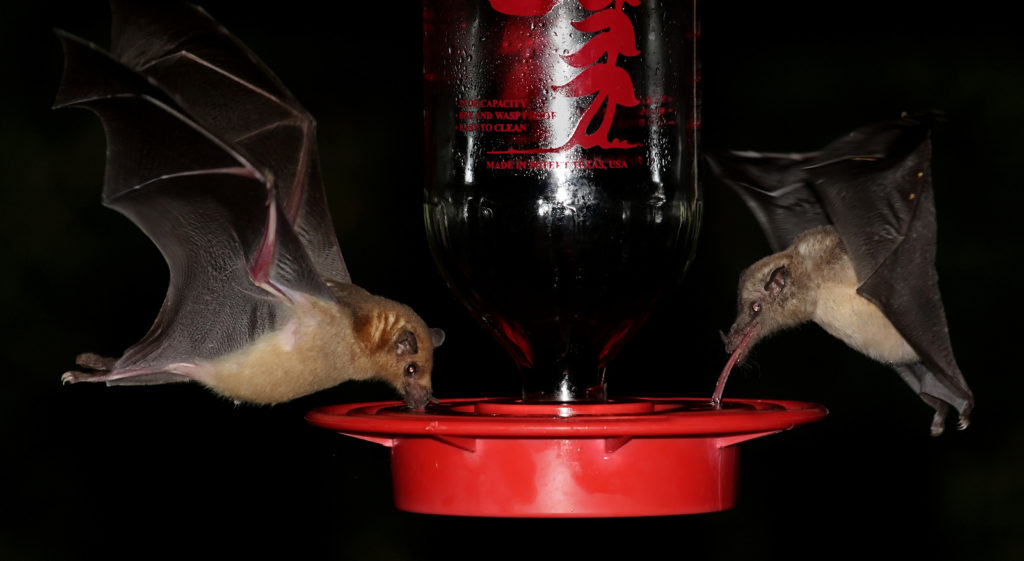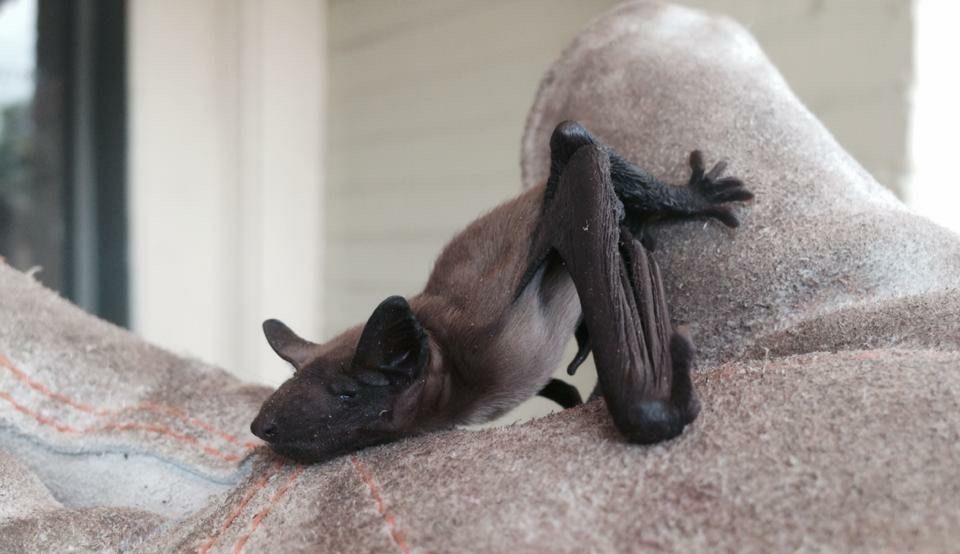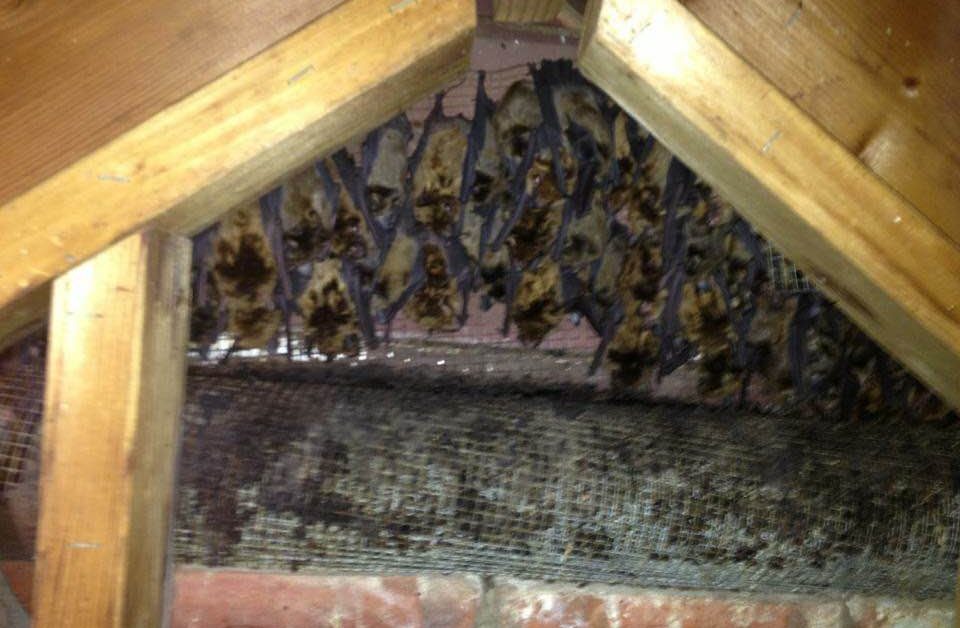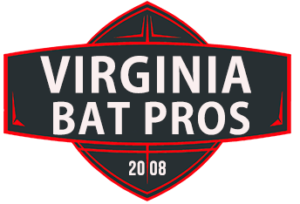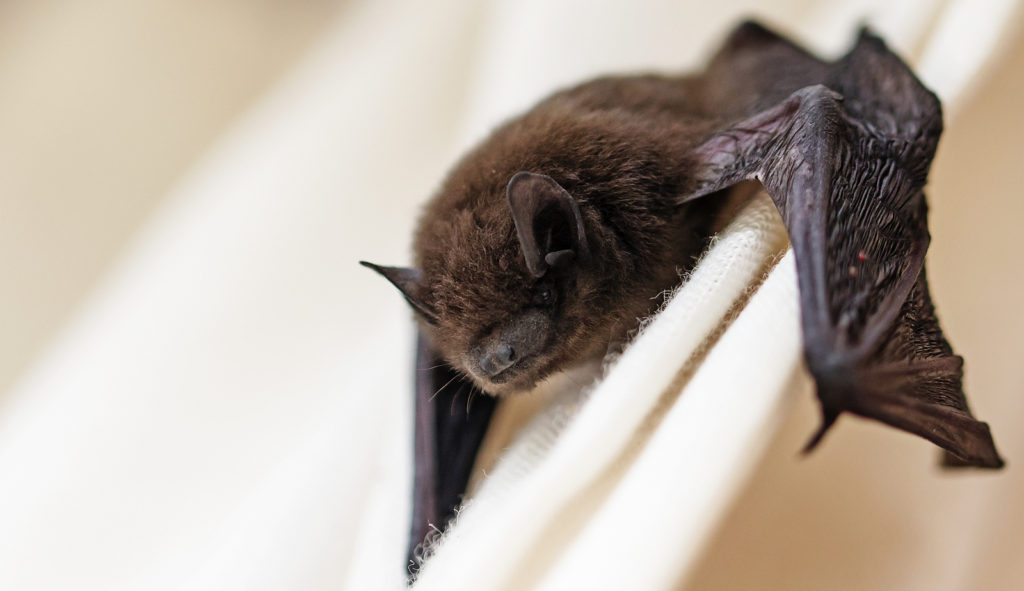If you are aware of a local bat colony in your area, you might have several concerns in terms of safety, especially if you have an outdoor pet. Fortunately, even when bats are nearby, there are several ways to protect yourself, your pets, and your property from any kind of harm. Continue reading to learn what you need to know about nuisance bats and pet safety, including common transmissible bat diseases, pet vaccines, bat control, and more.
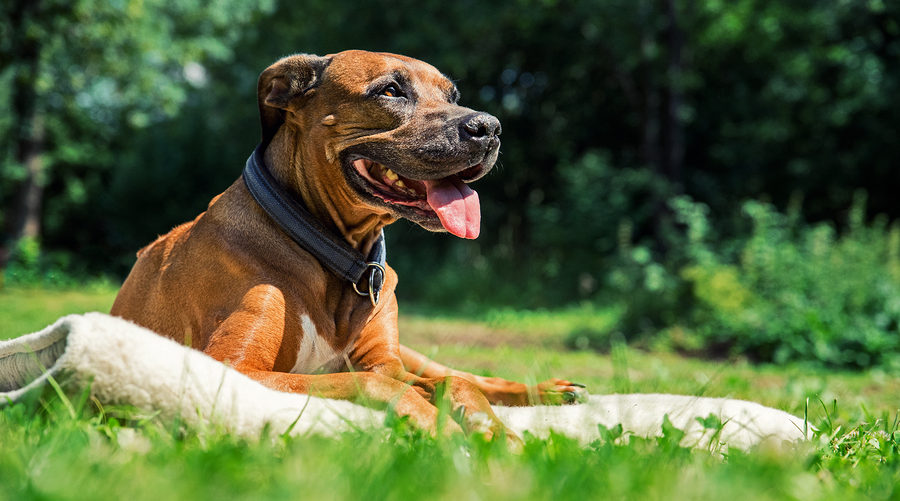
The Nature of Bats
When you think about bats, you might picture those scary movies you’ve seen showing bats swooping into women’s hair and chasing people down the street. But the truth is, bats are more scared of us, and our pets, than we are of them. For this reason, a bat’s instinctual nature is to avoid interactions of any kind with humans and animals that are deemed predators, like your dog. So what does this mean for your outdoor pet? Well, it means that it is very unlikely that a bat attacks your dog. However, there are circumstances in which there could be a threat of harm. This is where pet vaccinations come into play.
Pet Vaccines
Bats are known carriers of several infectious, transmissible diseases, such as Rabies. What’s even scarier is that, once contracted, there is no cure for Rabies. When a bat is sick or injured, it is more vulnerable to its predators. And with curious dogs sniffing around outside, it is possible for them to come across a wounded or ill bat, and attempt to get a closer look. These are the most common cases of bats attacking or biting dogs; when they are scared and acting out of self-defense. For this reason, it is vital to have your pets vaccinated routinely to protect them from such transmissible diseases.
Bat Control
To truly relieve your anxiety about the dangers of bats, you need to resolve your nuisance bat problem at its root. By abating bat activity on and around your property, you can further protect your outdoor pets from bat confrontations. Certain environmental changes coupled with professional bat exclusion services are the best strategies for abating bat activity. Contact a licensed bat removal and control company in your town for non-lethal bat exclusion advice and assistance.
Who to Call for Virginia Bat Control
Call Virginia Bat Pros at 804-729-9097 for safe and humane bat removal and control assistance in Old Dominion. We serve all of Virginia and its surrounding areas. We offer 24 hour bat removal, as well as, numerous residential and commercial bat exclusion services, such as bat cleanup and restorations for bat damages. We even provide insurance work! Contact us today for a free estimate.
